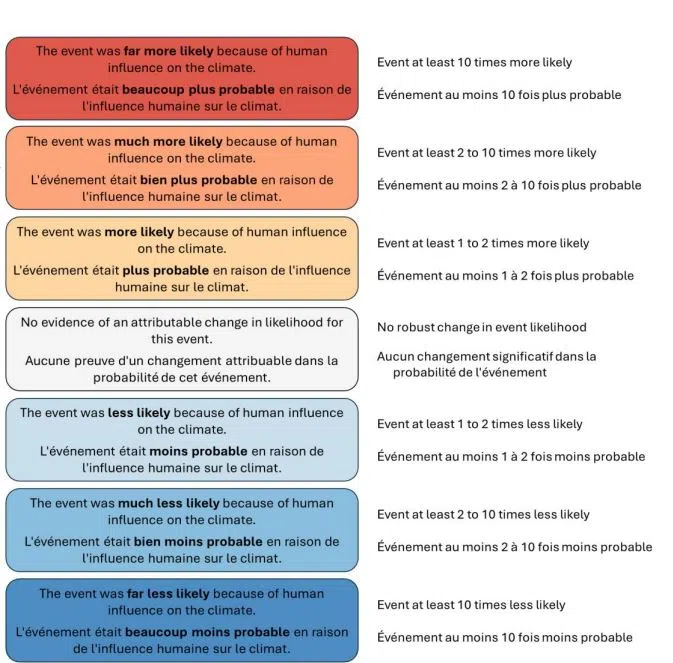Environment Canadas’ new Rapid Extreme Weather Event Attribution system (REWEAS) found that the heatwave that hit Atlantic Canada and parts of Ontario in mid-June was made more likely due to humans.
Between June 18-20, the heat wave reached a peak temperature of 26.1 degrees Celsius averaged over the Atlantic region, which is 10.6 degrees Celsius above normal.
It set June temperature records in over 100 locations around Atlantic Canada, including all-time temperature highs in Bathurst and Saint John.

The new system found that it was 2 to 10 times more likely because of human impacts on climate change.
The heatwave was the first extreme weather event Environment Canada tested their new system on and it will now be used for virtually all intense weather events around the country.
“In all regions, the event was made much more likely by the human influence on the climate,” said Greg Flato, a senior researcher with Environment Canada. “This system allows us to demonstrate the effect of that human-caused climate change on increasing the likelihood or intensity of heat waves like this,”
Flato also clarified that this system won’t definitively say whether climate change caused a particular weather event.
Once a REWEAS analysis is complete Environment Canada then ranks the significance of human impact into one of seven levels.
The impact of humans on the mid-June heatwave made it “much more likely” to occur which is the second-highest level in the rankings.

The rankings of human impact on weather events measured by Environment Canada’s rapid extreme weather event attribution system. Photo: Environment Canada.
Now that the system has been tested it will begin seeing wider spread use, which is not limited to heatwaves.
It will continue to be used to analyze heatwaves throughout the summer, then come winter it will begin looking for anomalously warm temperatures for that period of the year.
Following its introduction Canadians can now expect more regular reporting on Environment Canada REWEAS reports as they will become a part of their regular extreme weather event follow-up procedures.








